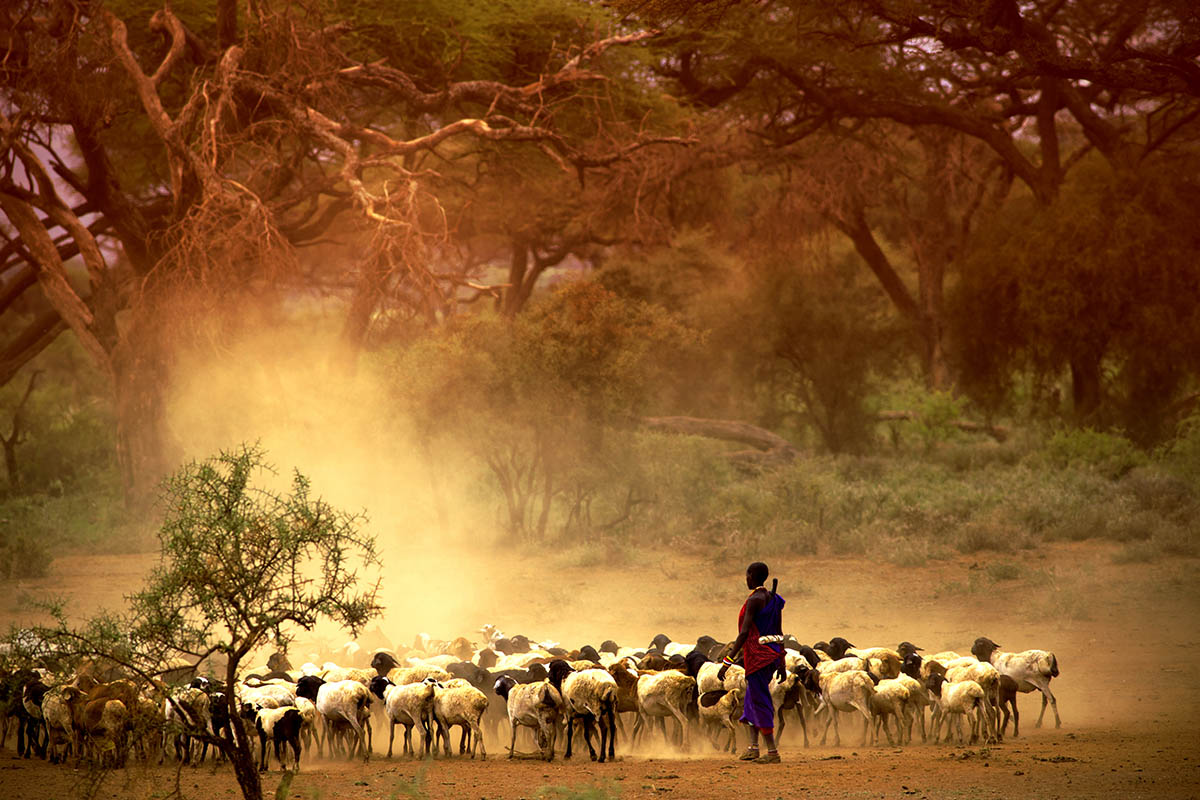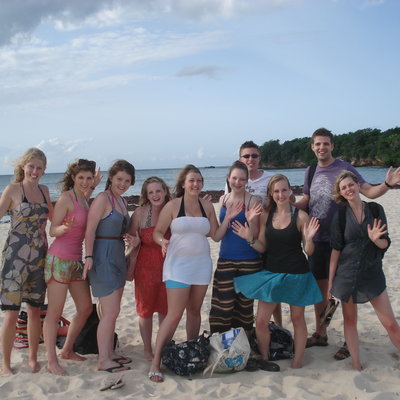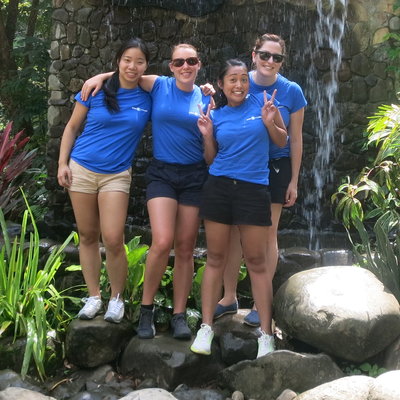The Maasai are an extraordinary people with an even more extraordinary culture. They have lived in areas of Tanzania and Kenya for hundreds of years and graze their precious cattle in both countries even today.
Originating from ancient lands and simpler times the Maasai can trace themselves back hundreds of years. But the way they live today still reflects both when and where they came from.
Maasai culture is unique and their customs are sometimes thought of as controversial. But their story is a very human one.
Here are 5 things you need to know to get a clearer picture of these fascinating people.

1) There are over 1 million of them
The Maasai are great in number. The most recent records say that there are 841,622 of them in Kenya and 430,000 in Tanzania. Even though the Maasai live a simple life, they still thrive in spite of our quickly developing world. In fact, their population has probably been increasing. In 1989 their numbers were recorded at 377,089!
The Maasai, when their numbers were much smaller, are thought to have travelled down from the Nile Valley in the North. Because they language is a spoken one, they have carried this and other pieces of history down through oral tradition for centuries.
2) Their language is called Maa
The Maasai language called ‘Maa’ is spoken but not generally written. When you have such a strong oral tradition there’s almost no reason to write anything down at all. In fact, the oral tradition of the Maasai people carries such weight that they decided to name themselves after it. In simple terms, the name ‘Maasai’ itself means ‘people who speak Maa’.
The Maasai people are so strong and their language so spirited that many other tribes have abandoned their mother tongues in favour of speaking Maa.
Another interesting fact is that Maa is related to the ‘Latuko language’ spoken in Southern Sudan. This makes the idea that the Maasai originated from the area even more likely.
3) Their cows are their lives
Cows come before everything else for the Maasai. They are the single most important aspect of their lives. The Maasai men take great pride in herding as their cows are their most prized possessions.
Because the Maasai are spread across such vast expanses of land, they have the opportunity to meet fellow tribespeople from far away. This presents the Maasai with a great opportunity to use their cattle to barter with. A good herd of cattle is a great sign of wealth in the same way an expensive sports car might be to us.
4) They’re nomads
Well, technically they’re semi-nomadic. They move themselves and their livestock to the tune of a communal land management system based on seasonal rotation.
Recently there have been whispers that consumerist nations should pay attention to this sort of seasonal rotation. The reason being that it’s seen as much more sustainable than the ‘take, take, take’ attitude of many developed countries.
The nomadic way of life goes back to the roots of all human history which makes the Maasai extra special. They and a handful other peoples across the world are our last living link to our distant past.
5) They hunt lions
The Maasai take lion hunting very seriously indeed. Lions are never hunted for fun and it’s not uncommon for this extremely dangerous practice to result in hunters being injured or killed.
Going on a solo hunt for a male lion (they don't hunt females) is seen by the tribe as a display of great courage and strength. But in recent years the lion population has dwindled due to disease. The Maasai created a new rule that means they can now only hunt in groups, allowing the lion population to recover.
The practice has a deep traditional root that cultivates a fearlessness among the tribe’s warriors. While these hunts may seem very different to Western practices, they’re of great importance to the Maasai people.
These people have lived here in this way for centuries and seeing them firsthand will make the rest of the world seem a million miles away.
Read more about our elective placements in Tanzania. Browse our full range of overseas destinations.







